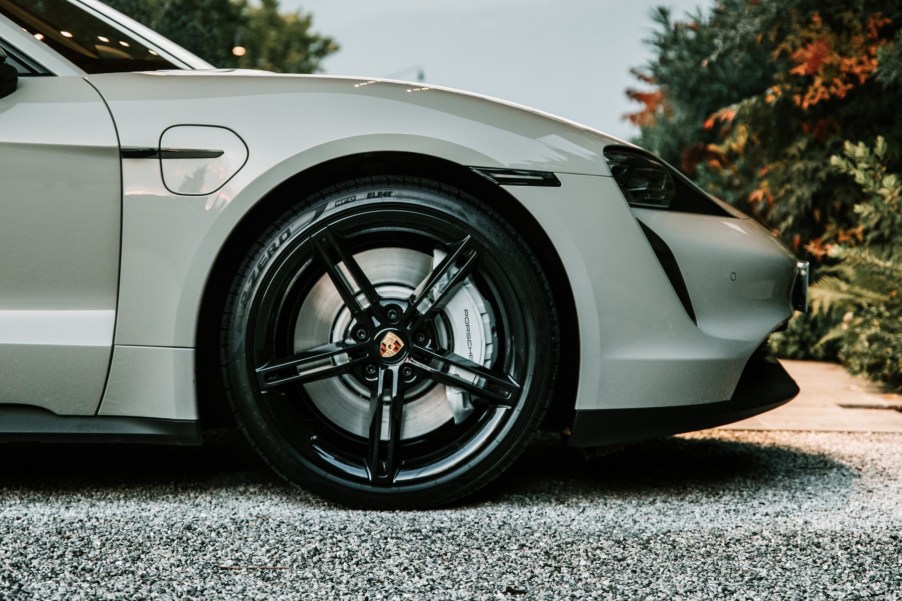
Do You Really Need To Break In New Tires?
Did you just buy a new car and can’t wait to get the rubber on the road? Or did you just replace your old, worn-out tires for a shiny new set? Either way, you might want to take it easy on them as new tires need some time to settle into their new role.
Like a pair of shoes, tires need to be broken in too
While you could be tempted to burn some rubber when you get new tires, do your best to resist the urge. According to Continental Tires, there are a number of factors that can make your car’s new set of tires perform differently than the old ones. Here are the three main factors that the tire company highlights:
- Lubricants: Tire manufacturers use a “release lubricant” to remove the tires from their molds during the production process. This lubricant stays on the tire until it wears off under normal driving.
- Antioxidants: Antioxidants are applied to the tires in order to keep the rubber from breaking down under temperature fluctuations. They can also make the tires feel slick at first.
- Tread depth: New tires will be at their maximum tread depth when they are first installed. And while having a lot of tread is a good thing, it could cause “squirm,” which is excess movement due to the flexibility of the rubber between the tread surface and the carcass.

For these three reasons alone, it’s a good idea to break in those new tires and get them properly acquainted with the road their driving on. In order to break them in, all you need to do is drive normally for the first 500 miles to make sure all those lubricants and chemicals are worn off. And by “drive normally,” we mean don’t accelerate, brake, or take turns too quickly. Instead, try to keep your driving nice and smooth.

There’s an adjustment period for new tires
In addition to breaking in your new tires, you too may notice that you need an adjustment period to get used to them. Even if you were to put the same brand and tire type on your car, the added tread depth could make them feel less responsive until they are properly broken in. The reason for this is that older tires with less tread respond quicker to your steering inputs since there’s less resistance and flex when maneuvering. With new tires, it’s the opposite, so they might feel a little different until you get them broken in.

How to get the most life out of your new tires
Now that you know how to properly break in a set of new tires, it’s important that you take proper care of them in order to get the most life out of them. That usually means rotating them in regular intervals, typically with every oil change, and ensuring that they have the proper air pressure in them at all times. Keep in mind that the air pressure in your tires can fluctuate depending on the weather, so it’s a good idea to check your car’s tire pressure regularly as well.



